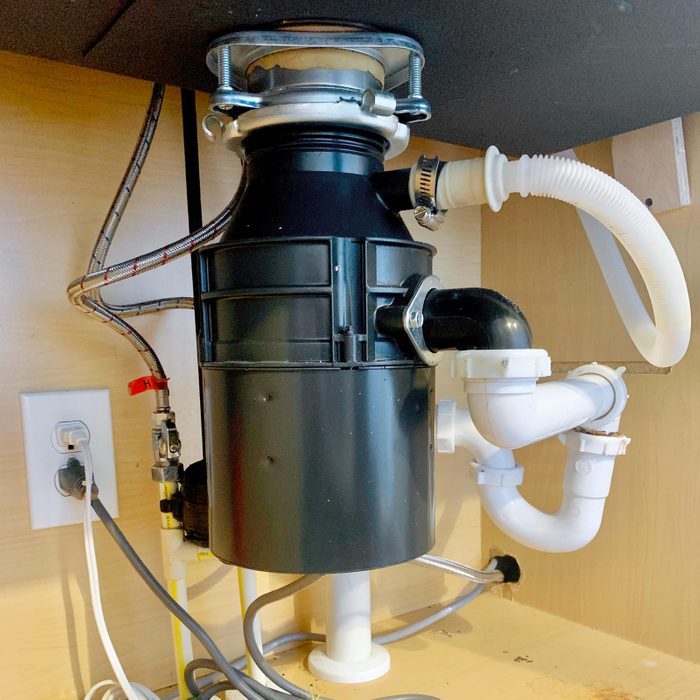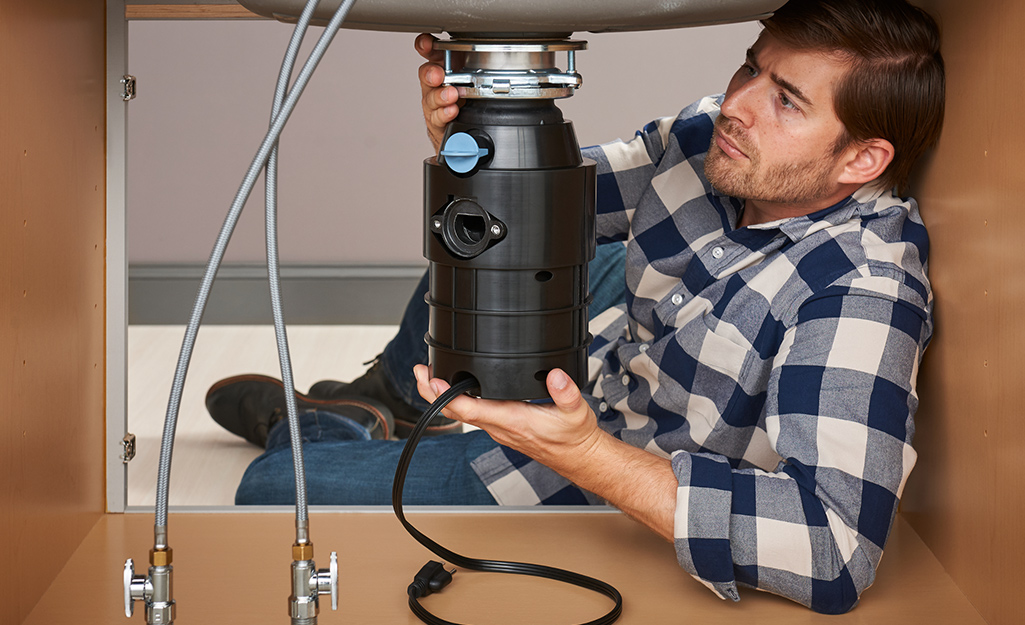Your Definitive Guide to Fixing a Leaky Waste Disposal Unit
Your Definitive Guide to Fixing a Leaky Waste Disposal Unit
Blog Article
How do you really feel when it comes to Garbage Disposal Leaking From Bottom?

Garbage disposals are important cooking area home appliances that help in dealing with food waste effectively. However, a dripping garbage disposal can be a discouraging and untidy trouble to handle. Thankfully, many leakages can be repaired conveniently with a few basic actions. In this short article, we will go over just how to fix a leaking garbage disposal properly.
Introduction
Waste disposal unit are mounted under cooking area sinks and are made to shred food waste into smaller pieces, allowing it to pass through the plumbing system easily. While these devices are normally reliable, leakages can take place with time as a result of damage, loosened links, or damage to the unit.
Step-by-Step Overview to Taking Care Of a Dripping Waste Disposal Unit
Shut off the Power
Before trying any type of repairs, make certain that the power to the waste disposal unit unit is shut off to prevent the danger of electric shock.
Situate the Leak
Identify the specific location of the leakage and identify the reason
Tighten Links
Utilize a wrench to tighten up any loosened links between the disposal device and the pipes system.
Change Seals or Gaskets
If the leakage is due to worn seals or gaskets, get rid of the old parts and replace them with new ones.
Patching Fractures or Holes
For splits or holes in the disposal system, usage epoxy or a suitable patching material to secure the broken location.
Identifying the Source of the Leak
Prior to trying to deal with a dripping waste disposal unit, it is vital to identify the resource of the leakage. This can normally be done via aesthetic examination or by conducting simple tests.
Visual Inspection
Inspect the garbage disposal device carefully for any kind of indicators of water leakage. Pay close attention to areas around seals, gaskets, and link points.
Testing for Leakages
One method to check for leaks is by running water via the disposal system and checking for any kind of visible indicators of leakage.
Usual Root Causes Of Leaks in Rubbish Disposals
Worn Seals and Gaskets
Seals and gaskets play an important duty in stopping water from leaking out of the waste disposal unit. Gradually, these parts can weaken, bring about leaks around the disposal unit.
Loose Connections
The connections in between the waste disposal unit and the plumbing system can come to be loosened in time, creating water to leakage out during operation.
Fractures or Openings in the Disposal Device
Physical damages to the waste disposal unit, such as cracks or holes in the housing, can also result in leaks.
Tools and Materials Needed for Taking Care Of a Dripping Waste Disposal Unit
Before starting the repair process, collect the essential devices and materials, including a screwdriver, adjustable wrench, plumbing's putty, replacement seals or gaskets, and epoxy or patching material for repairing splits or openings.
Evaluating the Garbage Disposal After Fixing
When the repair is complete, evaluate the waste disposal unit by running water with it to ensure that the leakage has been fixed.
Preventive Maintenance Tips to Prevent Future Leaks
To avoid future leaks, it is vital to carry out normal maintenance on your waste disposal unit. This includes maintaining it tidy, avoiding placing non-food items or tough things down the disposal, and regularly looking for leakages or other concerns.
Conclusion
To conclude, fixing a leaking garbage disposal is a reasonably simple procedure that can be finished with standard devices and products. By following the steps detailed in this post and exercising precautionary upkeep, you can maintain your waste disposal unit in good working problem and prevent expensive repair services in the future.
HERE’S HOW TO FIX YOUR GARBAGE DISPOSAL
WHAT TO DO IF SOMETHING IS STUCK IN YOUR GARBAGE DISPOSAL
If the impeller won’t turn, there’s probably something stuck in the disposal. It could be a steak bone or peach pit, although plumbers report pulling all sorts of inappropriate objects out of disposals, such as bottle caps or aluminum foil. Make sure power to the disposal is off, and look inside to see if you can see the source of the jam.
Never stick your fingers in a disposal. Pull out anything you see with tongs or pliers.
If the disposal still won’t work, it may be time to call a plumber or consider buying a new disposal. GEM Plumbing & Heating is here for all of your garbage disposal needs.
WHAT TO DO IF YOUR GARBAGE DISPOSAL DRAIN IS CLOGGED
Take everything out from underneath your sink and put a bucket or other container under your disposal to catch any water that drains out. Disconnect your disposal from the power supply. If it’s plugged into a wall outlet, unplug it. If it’s hardwired into an electrical box, go to the electrical panel and turn off the breaker for the disposal. Pour ¼ cup of baking soda into the drain, followed by ½ cup of white vinegar. Give the solution a few minutes to fizz and do its work. Look into the disposal with a flashlight to see if you can see an object that might be causing the clog. If you see it, remove it using tongs or pliers. MORE TIPS ON DEALING WITH A CLOGGED GARBAGE DISPOSAL
Never use drain cleaner in a garbage disposal. It can damage the plastic parts inside the disposal. You can also be splashed with the caustic liquid while working to clear the clog. Beware! Never stick your fingers into a garbage disposal. Trust us — not a good idea. In many instances, your dishwasher drains through your garbage disposal. This allows the disposal to grind any large food particles that may be drained out of your dishwasher. There are some jurisdictions, however, where the plumbing code prohibits such a connection. WHAT TO DO WHEN YOUR DISHWASHER DRAINS THROUGH THE DISPOSAL
Run some water in the sink so your plunger has at least a ½-inch of water to create a seal and plunge vigorously up and down several times. You may need to repeat this several times. Run hot water down the drain to clear any residue that remains.

I have been very curious about Why Is and I hope you enjoyed reading the entire blog entry. I beg you take the time to share this article if you enjoyed reading it. Thanks a lot for going through it.
Schedule Estimate Report this page